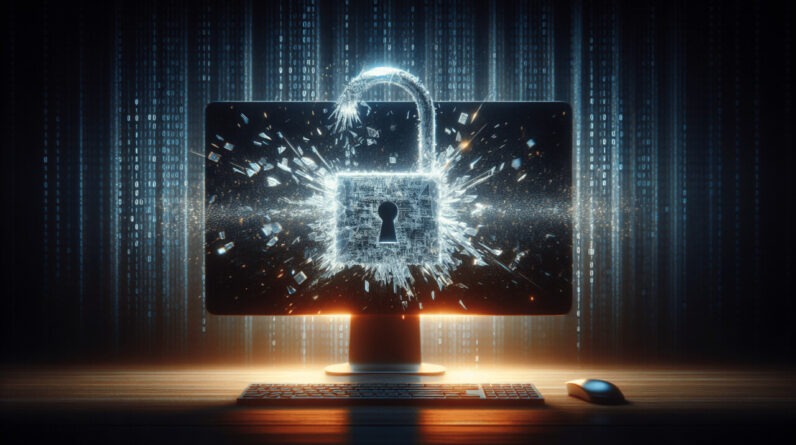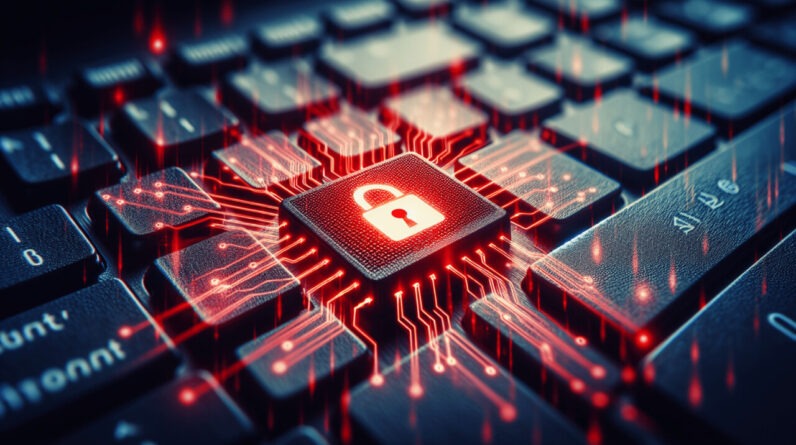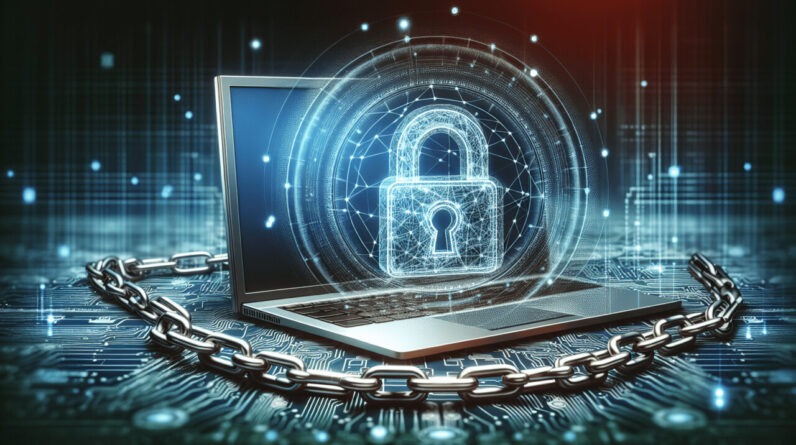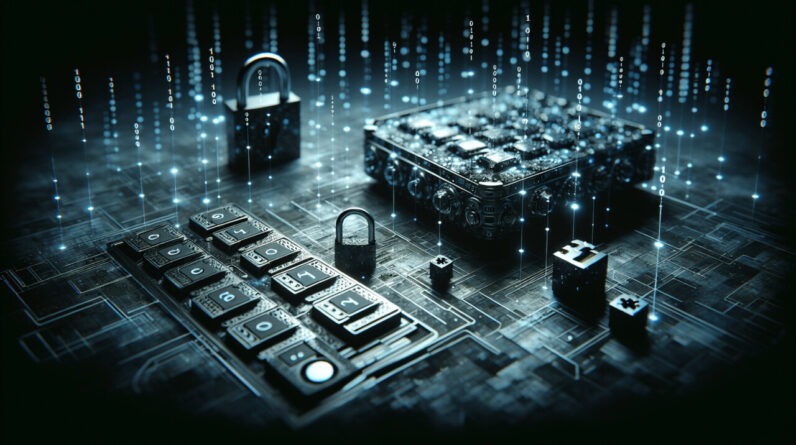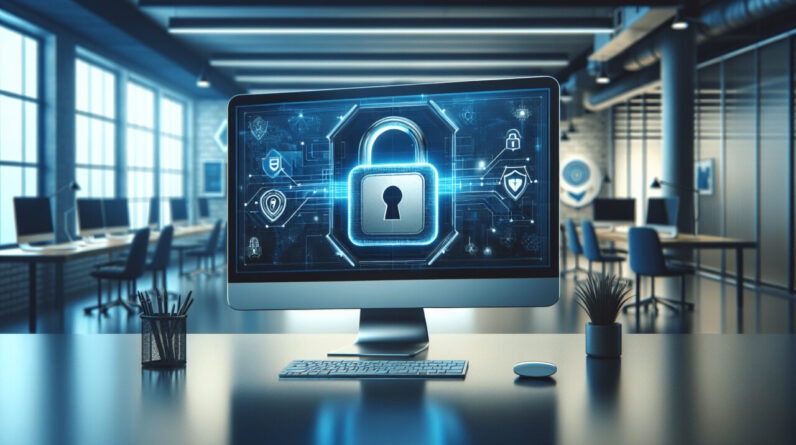
Have you ever wondered what would happen to your business if a ransomware attack occurred? The thought alone can be daunting, but you can take proactive measures to protect your valuable data. One of the most effective ways to mitigate this threat is by utilizing ransomware protection software. Let’s embark on a journey to understand how to safeguard your business against ransomware attacks.
Table of Contents
Understanding Ransomware
Ransomware is a type of malicious software that encrypts your files, rendering them inaccessible until a ransom is paid. This can cause significant disruptions to your operations and result in substantial financial losses. Understanding the mechanics of ransomware is the first step you can take to protect your business.
How Ransomware Works
When ransomware infiltrates your system, it typically encrypts files by using a strong encryption algorithm. After your files are locked and inaccessible, the attacker demands a ransom in exchange for the decryption key. Sometimes, even if you pay the ransom, there’s no guarantee that you’ll regain access to your files.
The Impact of Ransomware on Businesses
The implications of a ransomware attack can be severe. Not only can you lose critical data, but you might also face operational downtime and reputational damage. In fact, many businesses never fully recover and are forced to shut down after an attack. The statistics surrounding ransomware are alarming, with attacks becoming increasingly frequent and sophisticated.
Why You Need Ransomware Protection Software
Investing in ransomware protection software is no longer a luxury; it is a necessity. Here are several compelling reasons you should consider when evaluating your cybersecurity strategy.
Comprehensive Protection
Ransomware protection software offers comprehensive security by detecting and blocking threats before they can cause harm. This proactive approach can significantly reduce your vulnerability.
Reduced Downtime
In the event of an attack, having a reliable solution in place can help you recover quickly, minimizing downtime and ensuring business continuity. Many software solutions offer quick recovery options that can get you back on track with minimal disruption.
Peace of Mind
Knowing that you have a solid ransomware protection solution in place can provide you with the peace of mind necessary to focus on your business growth. You’ll have the confidence that your valuable data is being monitored and safeguarded.
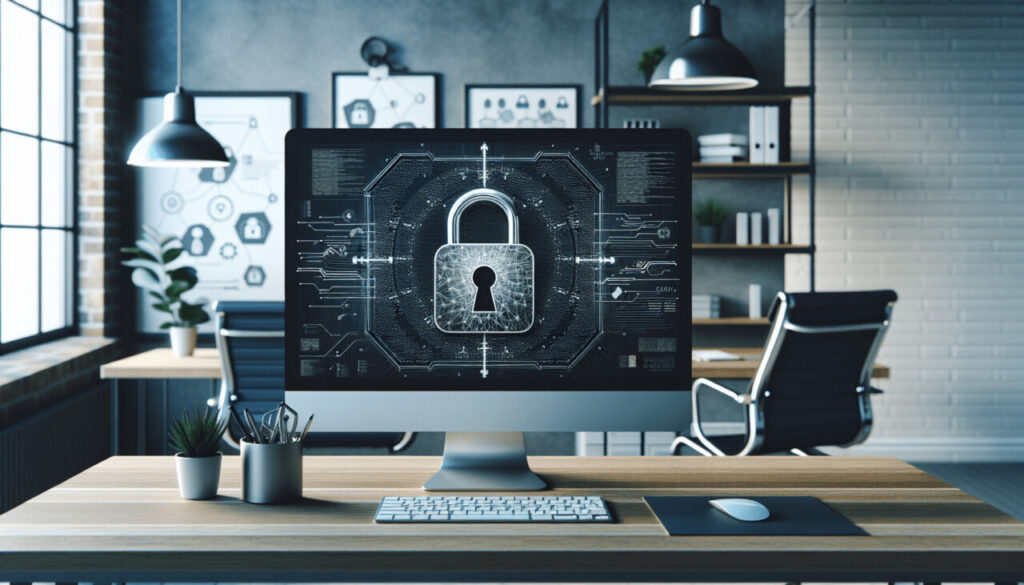
Criteria for Choosing Ransomware Protection Software
Choosing the right ransomware protection software can be overwhelming given the myriad of options available. To make your decision simpler, here are some essential criteria you should consider.
1. Detection and Removal Capabilities
Look for software that provides advanced threat detection and effective malware removal capabilities. The ability to identify and neutralize threats before they encrypt your files is crucial.
2. Backup and Recovery Options
Choose a solution that includes automated backup features, allowing you to restore your data easily in the event of an attack. Regular backups are essential for minimizing data loss.
3. User-Friendly Interface
A user-friendly interface makes it easier for you and your team to navigate and manage the software. Look for solutions that provide clear instructions and a straightforward setup process.
4. Compatibility with Existing Systems
Ensure that the software is compatible with your existing systems and infrastructure. This will help you avoid additional costs associated with upgrading or changing your current setup.
5. 24/7 Support and Updates
Opt for software that offers 24/7 customer support and regular updates. Cyber threats are constantly evolving, and your protection software should adapt accordingly.
Top Ransomware Protection Software Options
Now that you understand the importance of ransomware protection software and how to choose the right one for your business, let’s look at some of the leading options on the market.
1. Malwarebytes
Malwarebytes is widely regarded as one of the best solutions for malware protection, including ransomware. Here’s why it stands out:
| Feature | Details |
|---|---|
| Detection Rate | Over 99% detection rate for ransomware. |
| Ease of Use | User-friendly interface and easy installation process. |
| Backup Options | Offers backup options through integrations with other programs. |
| Support | 24/7 customer support available. |
| Cost | Competitive pricing for small and medium-sized businesses. |
2. Bitdefender
Bitdefender offers a comprehensive security suite that includes robust ransomware protection features. Here’s what you can expect:
| Feature | Details |
|---|---|
| Detection Rate | Highly rated for its detection and blocking of ransomware threats. |
| Backup Options | Includes options to back up your files securely. |
| User Interface | Intuitive and easy-to-navigate interface. |
| Real-Time Protection | Provides real-time protection against evolving threats. |
| Cost | Flexible pricing plans that suit businesses of all sizes. |
3. Kaspersky
Kaspersky is another reputable software known for its robust protection against ransomware and other malware. Check out these features:
| Feature | Details |
|---|---|
| Detection Rate | Exceptional detection rate for both known and unknown threats. |
| User-Friendly | Simple installation with an intuitive interface. |
| Backup and Restore | Powerful backup tools integrated for easy recovery. |
| Ransomware Rollback | Offers ransomware rollback features to restore files without disruption. |
| Cost | Competitive subscription models for businesses. |
4. Norton 360
Norton 360 includes a wide array of features designed to protect against ransomware, making it a comprehensive choice. Here’s what it offers:
| Feature | Details |
|---|---|
| Detection Rate | High detection rate for ransomware and other threats. |
| VPN Integration | Comes with a VPN for secure browsing. |
| Cloud Backup | Provides cloud backup options to safeguard important files. |
| 24/7 Support | Comprehensive customer support available all day. |
| Cost | Pricing options that cater to various business needs. |
5. Acronis Cyber Protect
Acronis Cyber Protect combines backup and anti-ransomware features into a single platform, making it an appealing option for many businesses. Here’s what makes it special:
| Feature | Details |
|---|---|
| Backup Functionality | Features integrated backup with ransomware protection. |
| User-Friendly Design | Easy to use, with a simple and clean interface. |
| Continuous Protection | Offers continuous data protection to mitigate risks. |
| Comprehensive Security | Combines ransomware protection with other security features. |
| Cost | Transparent pricing with a variety of plans. |

Best Practices for Ransomware Protection
Having the right software is crucial, but you also need to implement best practices in your organization to maximize your defenses. Here are some helpful tips.
Regular Backups
Ensure you regularly back up your critical data to avoid losing it during an attack. Implement an automated backup system that securely stores copies of your data.
Employee Training
Educate your employees about ransomware threats and safe online practices. Regular training sessions can empower your team to recognize suspicious activity and phishing attempts.
Keep Software Updated
Regularly update your software and operating systems to protect against newly discovered vulnerabilities. Keeping everything up-to-date is a simple yet effective security measure.
Implement Access Controls
Limit access to sensitive data and systems within your organization. This minimizes the risk of internal threats and protects your critical business information.
Use Multiple Layers of Protection
Don’t rely solely on anti-ransomware software. Incorporate firewalls, spam filters, and email scanning tools to build a multi-layered security strategy.
Responding to a Ransomware Attack
In the unfortunate event that your business falls victim to a ransomware attack, having a response plan can make all the difference. Here’s how to act.
1. Isolate the Attack
Immediately disconnect the affected systems from the network to prevent the ransomware from spreading. This may involve unplugging devices or disabling network connections.
2. Assess the Damage
Evaluate the extent of the attack by identifying which files have been affected. This can help you work out your next steps.
3. Report the Incident
Report the attack to the appropriate authorities, including law enforcement. Documenting the incident can also be vital for insurance and legal purposes.
4. Restore from Backup
If you have secure backups, proceed to restore your data from these sources. Ensure that no remnants of the ransomware remain before restoring files.
5. Analyze and Improve
After managing the immediate crisis, conduct a thorough analysis to understand how the attack occurred. Use these insights to improve your cybersecurity measures and prevent future attacks.
Conclusion
Ransomware poses a severe threat to businesses of all sizes. However, by investing in effective ransomware protection software and implementing strong security practices, you can significantly reduce the risk of an attack. Remember, the right preparation not only protects your data but also provides peace of mind as you focus on your business’s success. Ensure you remain vigilant and proactive in your cybersecurity strategies to keep your valuable information safe.


